Using a solar panel system at home is both economical and environmentally friendly. But how do you choose a suitable battery and inverter? Also, how to work out all the precise calculations of the solar panel, battery, inverter, as well as charge controller may bother you a lot.
These questions have to be answered mathematically. In other words, you need some specific data about your power needs and certain calculating processes to finally know the specifications of the equipment and components.
The calculations are significant for you because they help you to build a better-performance solar system.
How to evaluate your load wattage?
If you are anticipating installing a solar panel system at home and getting rid of being bothered by choosing solar batteries, you need to make some calculations to select the correct battery, charge controller, and inverter. The first stage is to work out how much power you need.
- Put simply, you need to first estimate your average load watts of electricity and average daily working hours. Then you just multiply the load watts with hours to get your average daily power consumption.
For example: suppose that you have a device with a load wattage of 150 watts, and you need this device to perform for about 8 hours per day, then you can use the following formula to work it out:
- But if you are a layman of such math issues, there are more specific calculations:
(1) Work out the maximum wattage or peak load of your house. You need to estimate the total wattage of your needed devices and appliances ranging from refrigerators and lights to laptops and hairdryers. And some of them may work at the same time.
Example: A room has two 50-watt light bulbs and a 200-watt laptop. The total wattage is:
(2) you need to figure out how many hours every device will operate each day. Then you simply multiply every wattage by its working time (hours) and get the needed power (watt-hour) per day. Next, you just add up all these values to work out the sum of energy in your house.
Example: The above-mentioned light bulbs need to run for 6 hours per day, and the average computer use time is 3 hours every day. The total value is:
- However, as we all know, sometimes the devices just can’t work as effectively as it was claimed. Also, some of them may need more watts to start in the first few minutes. So we will multiply the result by 1.5 to cover the working bugs. So the total is:
How to Calculate Battery Amp-Hours?
Battery capacity is important for you to make sure that the solar panel system operates smoothly and effectively. If you can’t access the grid, or you simply want to store the solar energy in a battery as a power backup for emergencies.
Solar panel wattage
(1) When you figure out the total load wattage of your house, you need to first-rate all the parameters of a suitable solar panel to meet your electricity requirement. This is directly related to the best sunlight hours.
For example: Supposing the best sunlight hours in your area is approximately 9 hours a day, you can get the required dimension of your panel by the below formula:
(2) But 9-hour optimal sunlight time is an ultra amount, which is likely to be achieved only in Summer. On the contrary, during the Winter season, the value can largely reduce, even be halved. Thus, we can suppose the best sunshine time in Winter is no more than 5 hours.
Therefore, to make sure that your model can still work effectively when there is the least sunlight, you need to calculate the wattage using the Winter value:
Battery amp hours
Regarding battery amp-hours, you need to think about how much power you want your battery bank to store as a backup. That is to say, considering your consumption and the size of the battery bank, how many days do you anticipate the battery could function without recharging under minimal sunlight conditions? This could generally range between 2 to 5 days.
(1) Since we have calculated the specific dimensions of a suitable solar panel, we can better estimate the amp-hour (AH) rating for the battery. And it should support operations in any possible conditions.
And there are batteries with voltages of 12, 24, and 48 for various applications. If you choose to use a 12V battery, you can get a parameter by the given formula:
(2) Usually, we would like to add the battery a 20% tolerance to guarantee perfect usage. So you then get the battery capacity as:
To make sure there is always enough left power for extra days’ use, the battery should handle the double amount of its normal usage. So you need to multiply the last result by 2 and again multiply by your days. Suppose you want your battery bank to keep running for an extra two days, the final battery capacity should be:
So in that case, you will need a 720 AH, 12V battery for your solar panel system.
How to estimate inverter specifications?
Charge controller specification
You may ignore a component like a charge controller, but it is also significant to help your solar system perform perfectly.
A charge controller is used to prevent your model from overcharging. It interfaces the solar panels and the batteries. Thus it plays an important role in regulating solar power from solar panels to batteries.
(1) You need the already figured out results from the above example to calculate how big your satisfying charge controller needs to be. You can simply divide the solar panel’s load wattage with the battery’s voltage rating.
As we have done to the above parameters, we can also add an extra tolerance like 20% to this value, then we get a rough idea of the charge controller specification:
1800 watts ÷ 12V = 150 Amps
150 Amps x 1.2 = 180 Amps
(2) If you have no clear concept about a charge controller. Here we will talk about two common sorts of charge controllers: PWM and MPPT.
PWM means Pulse-Width Modulation. Compared to an MPPT, a PWM controller is much more economical. But the defect is that it may generate big power losses. According to the data, as much as up to 60% of power can be lost during conversion.
The reason for the loss is that a PWM controller is limited and can not optimize the voltage going to the batteries. Such limitation leads a PWM controller to function with a bug when serving a large system. So it suits smaller systems.
MPPT refers to Maximum PowerPoint Tracking. Unlike a PWM controller, an MPPT controller can effectively optimize the voltage coming from the solar panels. As a result, the produced energy by solar panels can be transferred to the battery bank at a maximum rate.
Accordingly, an MPPT controller has an efficiency of 93%-97% when transforming power. The operation process automatically adjusts to the peak power point fast to achieve the optimal result. So it is a price-worth model to use.
Inverter specification
At the last stage, we need to evaluate the inverter specifications. Finding a capable inverter allows your solar system to operate well with the batteries and charge controllers. To avoid any disorder situations, you need to calculate the specific dimensions of an inverter.
The good news is that after working out all these required parameters, estimating the inverter parameters is not a complex task anymore.
Still, supposing the peak load wattage of your home is 200 watts, you need the inverter to handle such a wattage effortlessly. To account for possible increases in power demand and to prevent overloading, you should buy an inverter rated higher than 200 watts.
Or if you would like it to have a little more tolerance, simply add 20%-25%. Then the value will be 240-watt – 250-watt.
Conclusion
As we have discussed above, how big a solar system your house needs, what size the battery should be, or what the capability of a satisfying inverter is can always be scientifically and precisely answered.
What you need to do is calculate all these specifications by following the given formulas. Although that is a math issue, you can still work it out because the expressions and guides are simple and understandable.

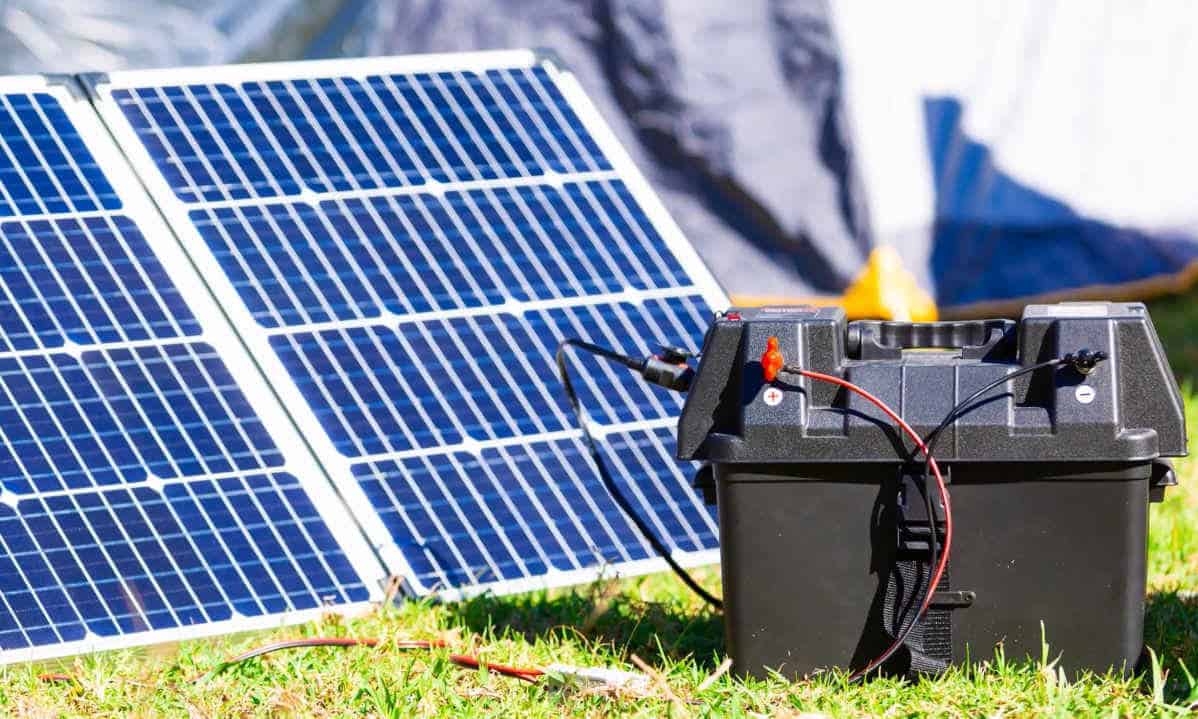
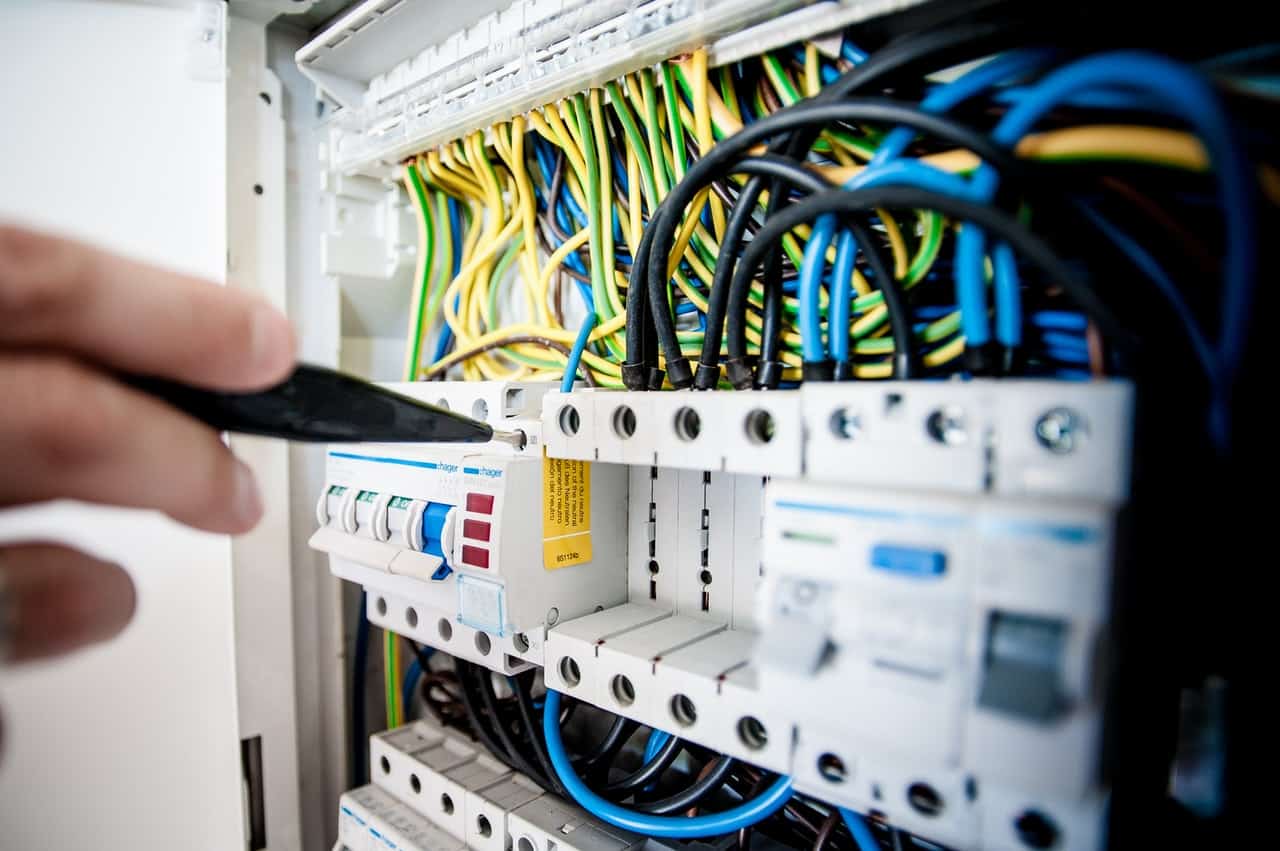
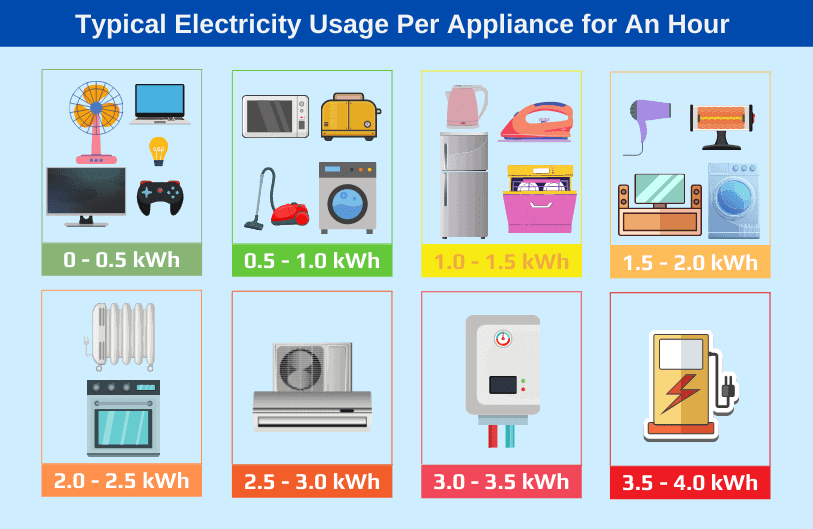
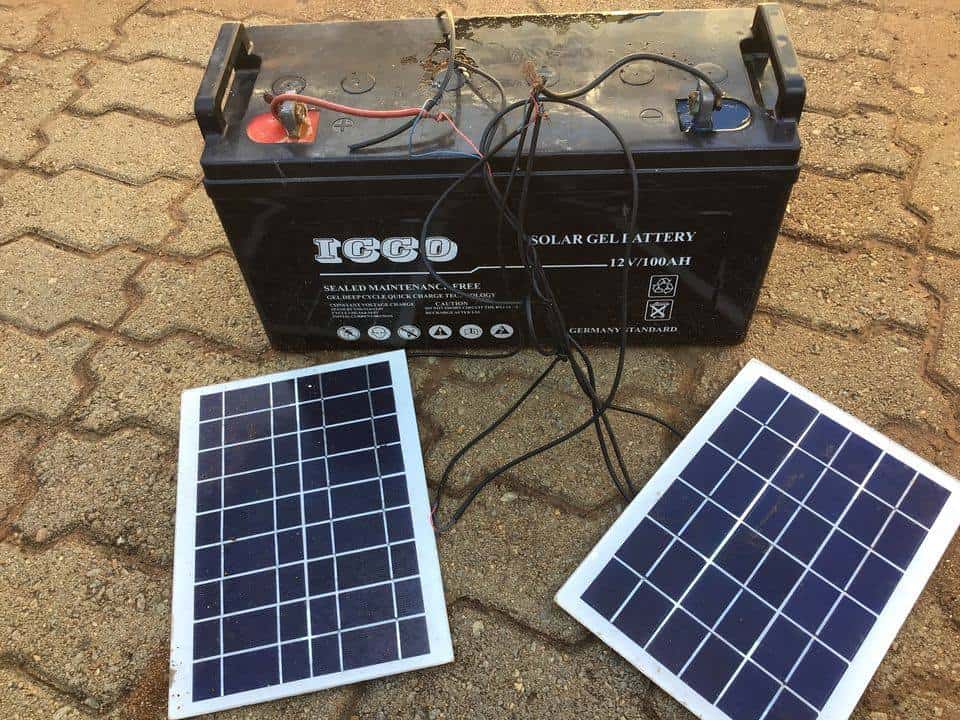
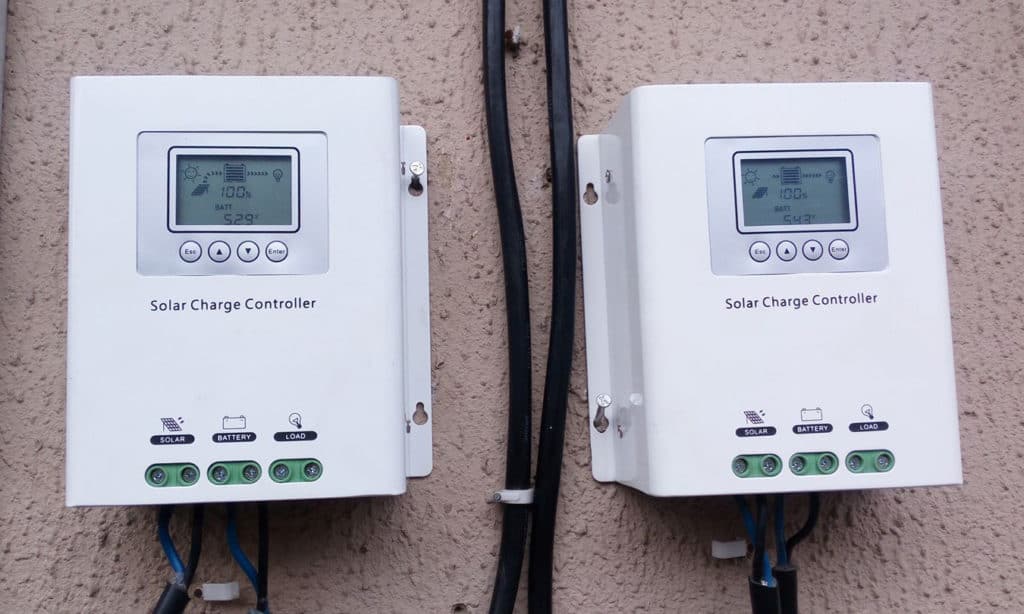
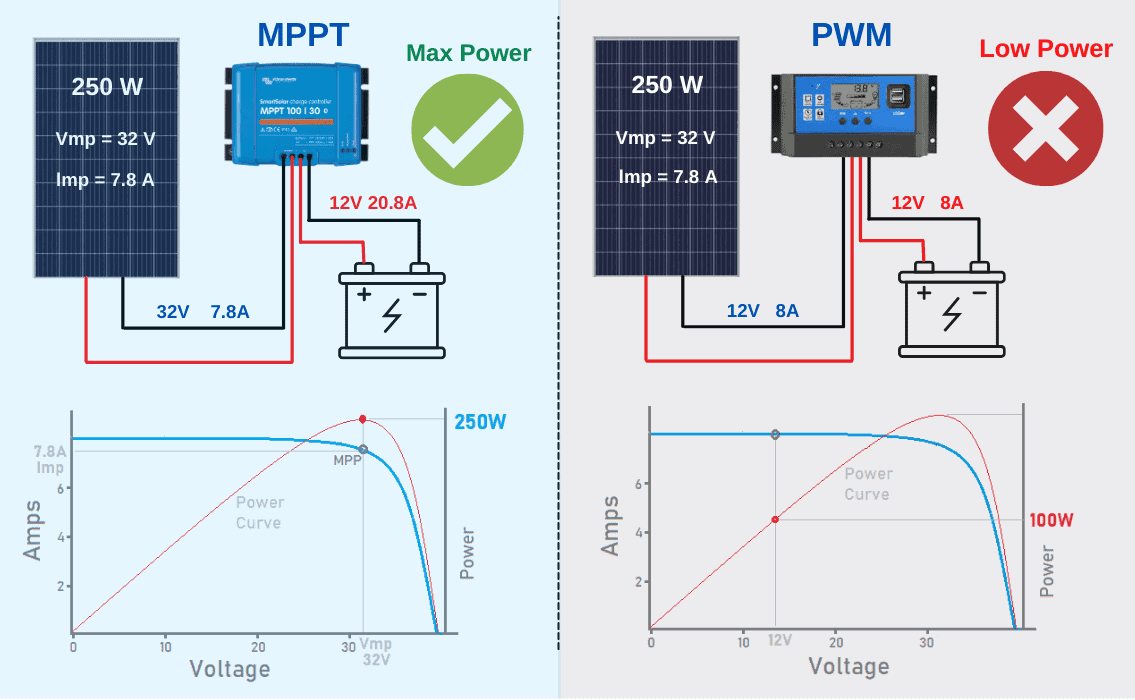
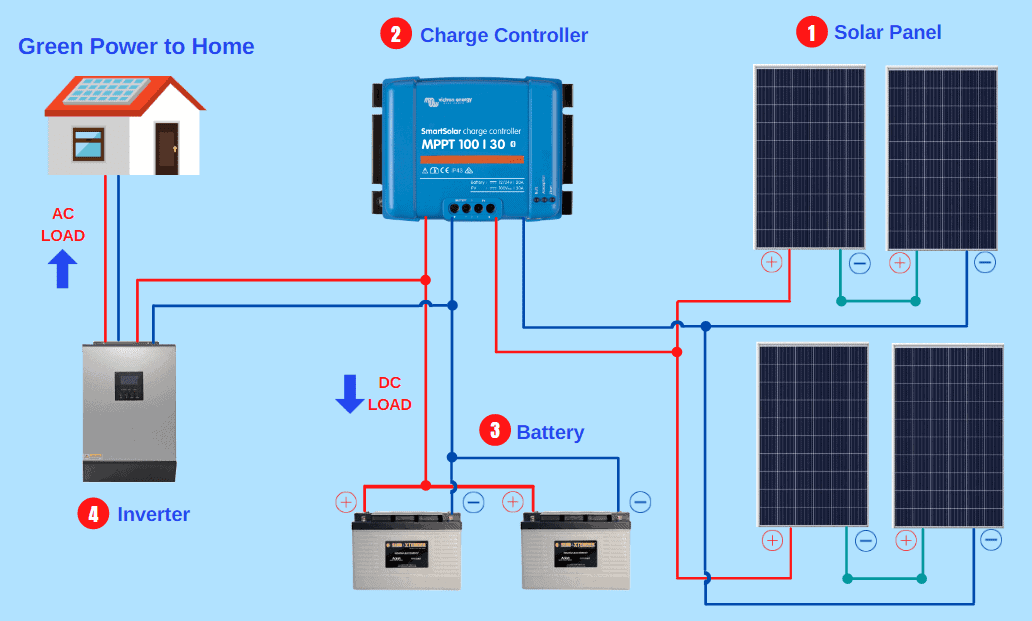
Good explanation